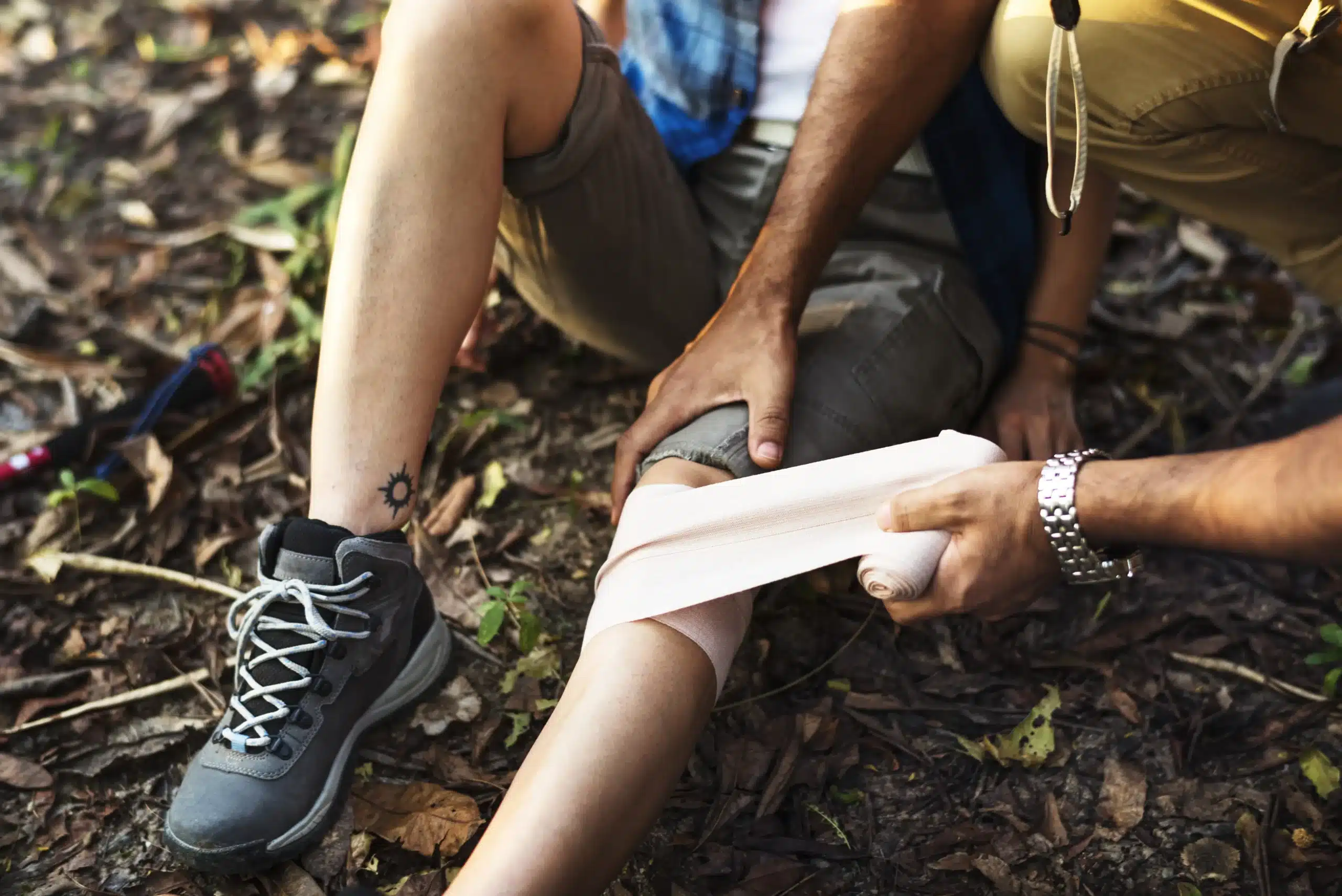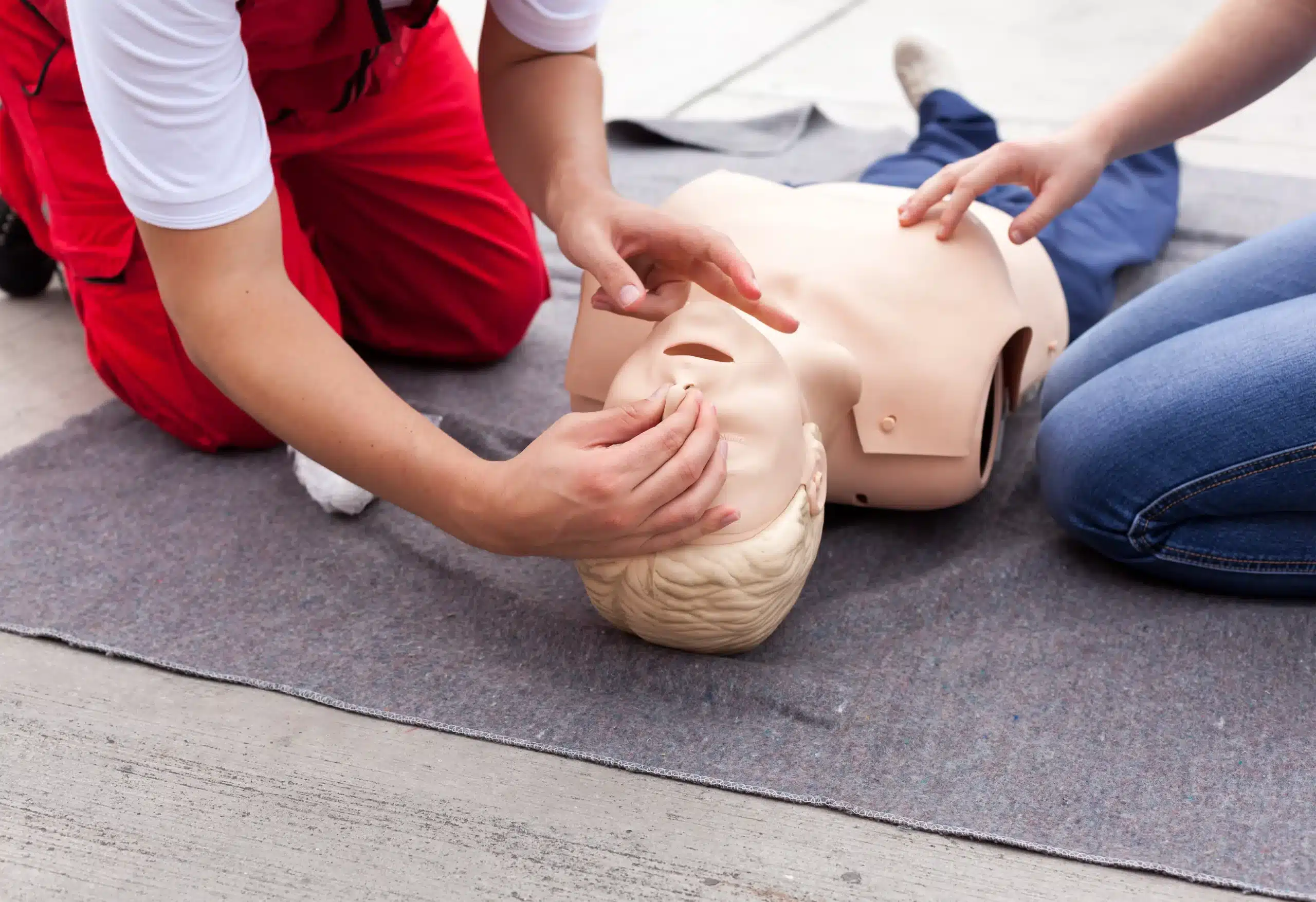Cardiopulmonary resuscitation (CPR) is a crucial skill that can save lives. Yet, misconceptions about its application abound. Many people remain confused about CPR, impacting their ability to act in emergencies. This blog aims to debunk common CPR myths, offering clarity and confidence for those who wish to help others.
Myth 1: Only Professionals Can Perform CPR
People often believe that CPR should be left to professionals. This misconception could cost precious time. In reality, anyone can learn CPR basics and apply them when needed. Bystander intervention before professional responders arrive significantly improves survival rates.
Start by attending a CPR course. Organizations like the Safety Training Seminars offers CPR training sessions. You’ll receive hands-on experience and guidance from experts, ensuring you’re prepared in an emergency. Remember, every second counts, and your prompt action could make the difference.
Once trained, practice annually to maintain your skills. Regular refreshers ensure you won’t hesitate when it matters most. This proactive approach helps overcome any anxiety about performing CPR.
Myth 2: You Might Hurt the Person
Many fear they might harm someone while performing CPR. While it’s true that chest compressions can cause injury, the benefits far outweigh the risks. Saving a life takes precedence over potential fractures or bruising.
Chest compressions need to be firm and deep. They mimic the heart’s pumping action to circulate blood. This force may cause ribs to crack, but it’s a small price for keeping someone alive. Training courses will give you confidence in applying the right pressure.
The fear of causing harm is understandable but unfounded. In life-threatening situations, acting swiftly can prevent brain damage and increase survival odds. Don’t shy away from stepping in due to misplaced concerns.
Myth 3: Mouth-to-Mouth Is Always Necessary
The image of mouth-to-mouth resuscitation often overshadows CPR. In reality, rescue breathing isn’t always crucial. Compressions alone can sustain blood circulation until help arrives, especially if you’re uncomfortable with the rescue breaths.
Hands-only CPR is effective for adults experiencing cardiac arrest. Focus on delivering consistent chest compressions at a rate of 100 to 120 per minute. This technique keeps oxygenated blood flowing through the body, buying time for professional medical intervention.
However, mouth-to-mouth remains important for infants and children. Their respiratory issues often demand rescue breaths to restore effective breathing. It’s essential to adapt your approach based on age and situation.
Myth 4: CPR Can Revive Everyone
While CPR is a life-saving tool, it’s not guaranteed to revive every victim. Survival depends on various factors, including the cause and timing of the arrest. Quick intervention is crucial for increasing the chances of a positive outcome.
In many cases, CPR serves as a stopgap measure. It maintains circulation until advanced medical care is available. Automated external defibrillators (AEDs) are often needed to restore heart rhythm. Knowing how to use an AED complements your CPR skills.
Accepting that CPR isn’t foolproof doesn’t diminish its importance. Your actions still play a vital role in emergency response. By providing immediate care, you’re giving the victim the best possible chance of recovery.
Myth 5: CPR Is Only for Heart Attack Victims
Many associate CPR exclusively with heart attacks. However, it’s useful in various emergencies, including drowning, choking, and drug overdose. Any situation where breathing and pulse are absent requires CPR.
Understanding diverse scenarios increases your readiness. Take time to learn about different conditions that might necessitate CPR. This knowledge ensures you’re well-equipped to act decisively, regardless of the circumstances.
Training programs cover a range of emergencies. They help you recognize signs that indicate the need for CPR. By broadening your competence, you’ll feel confident addressing a variety of critical situations.
Myth 6: Children Can’t Learn CPR
Some argue children are too young to learn CPR. Yet, many organizations teach CPR to students as young as 12. Early education empowers children with essential life skills, fostering a sense of responsibility and confidence.
Introducing CPR in schools helps build a generation of capable responders. Kids grasp basic techniques through interactive demonstrations and practice sessions. They develop the ability to assist family members or peers in emergencies.
Encourage your local schools to incorporate CPR into their curriculum. This early exposure lays the foundation for future proficiency, ensuring more individuals are prepared to help those in need.
Myth 7: CPR Certification Is a One-Time Thing
Obtaining CPR certification is not a one-and-done event. Remember, skills deteriorate over time without practice. Regular recertification is vital for staying up-to-date with techniques and guidelines.
CPR protocols may evolve as new research emerges. Organizations like the American Heart Association frequently update their recommendations. Recertification courses allow you to learn the latest standards, ensuring you’re providing the best care possible.
Stay committed to continuous education. Schedule refresher courses every two years to renew your certification. This dedication enhances your ability to respond effectively in emergencies.
Myth 8: You Need Special Equipment for CPR
Some believe special tools are necessary for effective CPR. In truth, your hands are the primary equipment needed to perform CPR. While AEDs are valuable, they’re not always available, and chest compressions remain the priority.
If an AED is within reach, use it alongside compressions. Most devices include clear instructions, making them simple to operate. AEDs increase survival odds by restoring a normal heart rhythm, complementing your CPR efforts.
Focus on delivering quality chest compressions. Stay calm, and remember that your immediate response is invaluable in life-threatening scenarios.
Myth 9: CPR Isn’t Needed If the Person Is Breathing
Detecting breathing doesn’t always mean CPR isn’t needed. Agonal gasps—a sign of cardiac arrest—can be mistaken for effective breathing. These irregular, shallow breaths require immediate intervention.
Recognizing agonal gasps is crucial. If you observe them, initiate CPR without delay. Delivering chest compressions aids blood flow, maintaining oxygen supply to vital organs.
Trust your instincts in emergencies. If something seems off, don’t hesitate to act. Your prompt response can prevent irreversible damage and save lives.
Myth 10: CPR Training Takes Too Much Time
Time constraints deter some from learning CPR. Fortunately, many courses are concise and flexible, accommodating busy schedules. You can find options ranging from a few hours to an entire day.
Online resources and hybrid classes offer additional convenience. They allow you to study at your own pace, fitting seamlessly into your routine. Once completed, you’ll possess skills that benefit your community.
Investing a few hours in CPR training yields lifelong rewards. You’ll gain the knowledge and confidence to make a difference in critical moments.
Conclusion
Debunking these common CPR myths is crucial for empowering individuals to take action. Understanding the realities of CPR enhances your ability to respond effectively during emergencies. Remember, your intervention can be the deciding factor in saving a life.
Explore CPR courses available in your area and commit to ongoing education. If you are in the Northern California, contact us at Safety Training Seminars to schedule a CPR training course. By doing so, you contribute to a safer, more prepared community. Together, we can dispel misconceptions and foster a culture of readiness and resilience.






